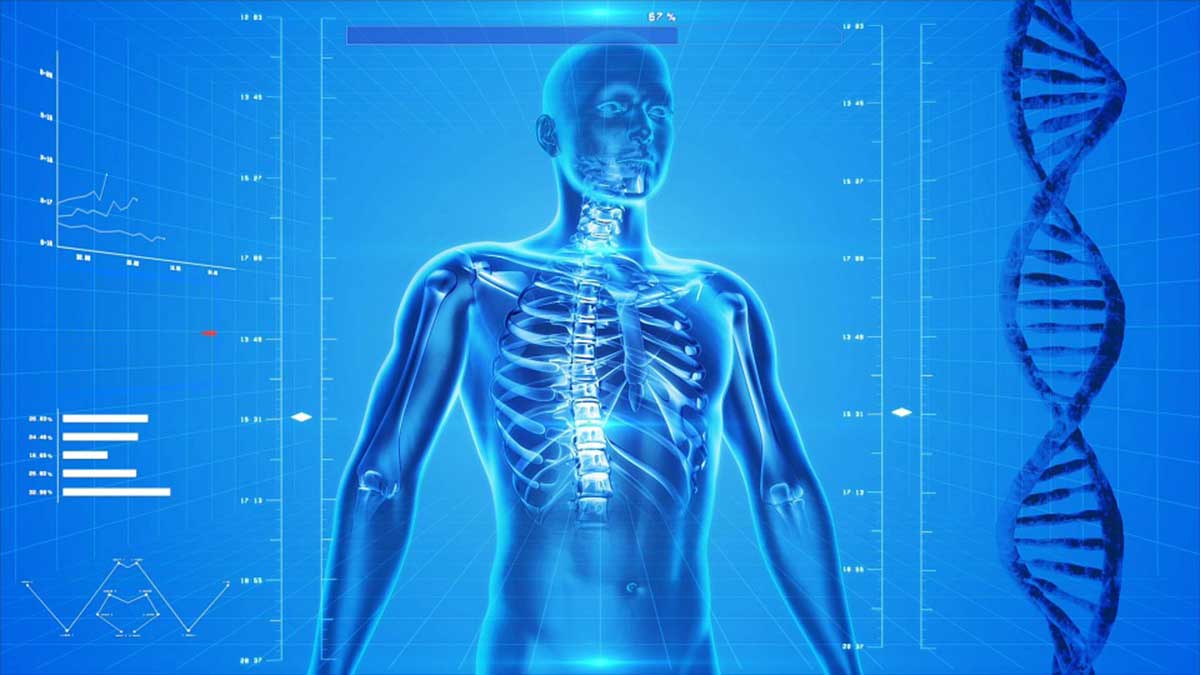Health
Kev Dhaliwal Develops Camera to See Through Human Body

Indian-origin scientist Kev Dhaliwal is a professor of molecular imaging and healthcare technology at University of Edinburgh.
Indian-origin scientist Kev Dhaliwal and his team members have created a medical camera that can see through human body. The team, which took part in a research study named Proteus, comprised members from the University of Edinburgh and Heriot-Watt University.
Adios to Expensive X-ray Technology
The camera does not use the expensive X-ray technology. It instead detects sources of light within the body, which makes the device very affordable, according to the research report published in Biomedical Optics Express.
“It has immense potential for diverse applications such as the one described in this work,” Dhaliwal, who works as a professor of molecular imaging and healthcare technology at the University of Edinburgh, said, the Metro reported. “The ability to see a device’s location is crucial for many applications in healthcare, as we move forwards with minimally invasive approaches to treating disease,” he added.
How It Works
This camera is expected to help doctors in tracking endoscopes, which are primarily used to investigate various internal conditions. Until now, X-rays and other expensive methods were adopted to track endoscopes so that they can be moved to the target region inside the body. Even though the endoscopic light can pass through our body, it usually gets scattered off when it makes contact with the internal organs.
This newly-invented prototype device has the capability to track a point light source through 20 centimeters of the tissue, thereby detecting individual particles called photons. This camera is built in a very sophisticated manner and just like a digital camera, thousands of single photon detectors have been embedded on a single silicon chip.
“My favorite element of this work was the ability to work with clinicians to understand a practical healthcare challenge, then tailor advanced technologies and principles that would not normally make it out of a physics lab to solve real problems. I hope we can continue this interdisciplinary approach to make a real difference in healthcare technology,” Micheal Tanner of the Heriot-Watt University told the Metro.
Funded by the Engineering and Physical Sciences Research Council, this new invention from the Proteas team is expected to bring about several positive results in the healthcare sector.

You must be logged in to post a comment Login